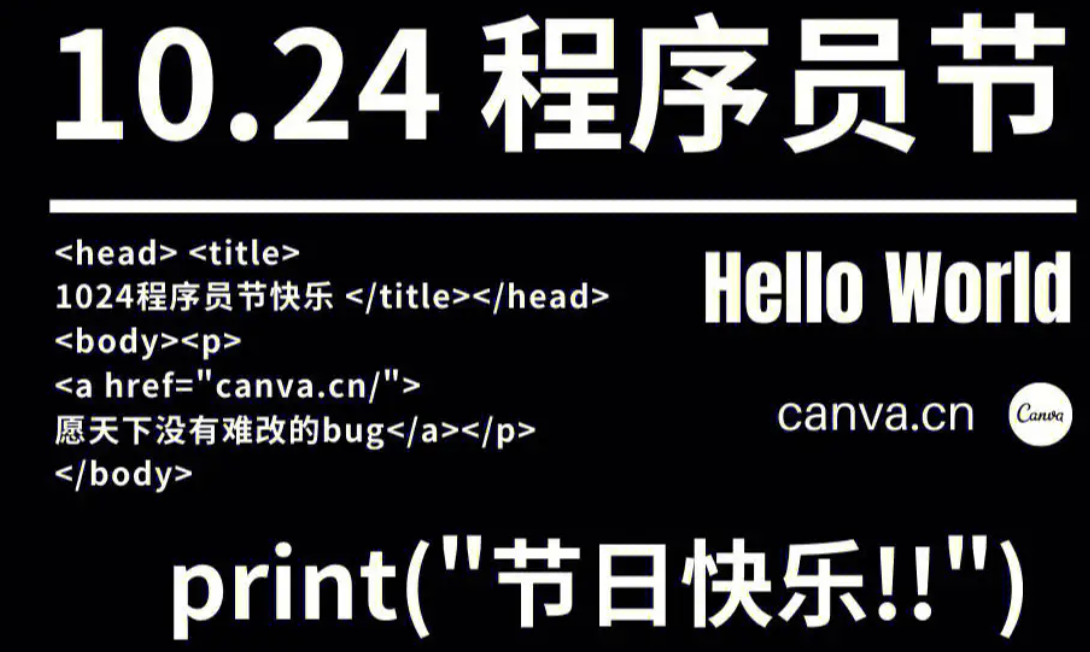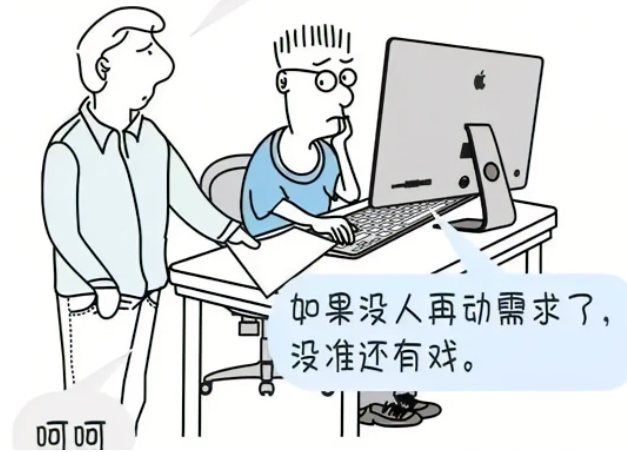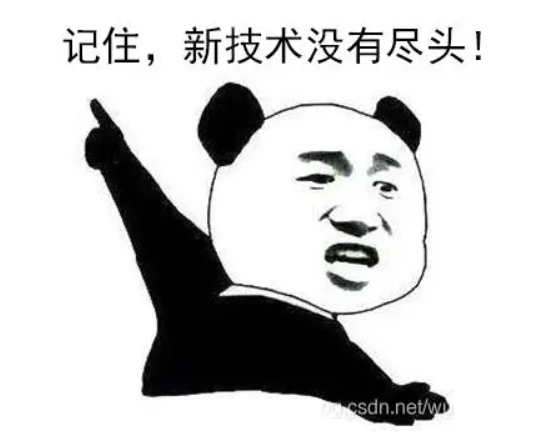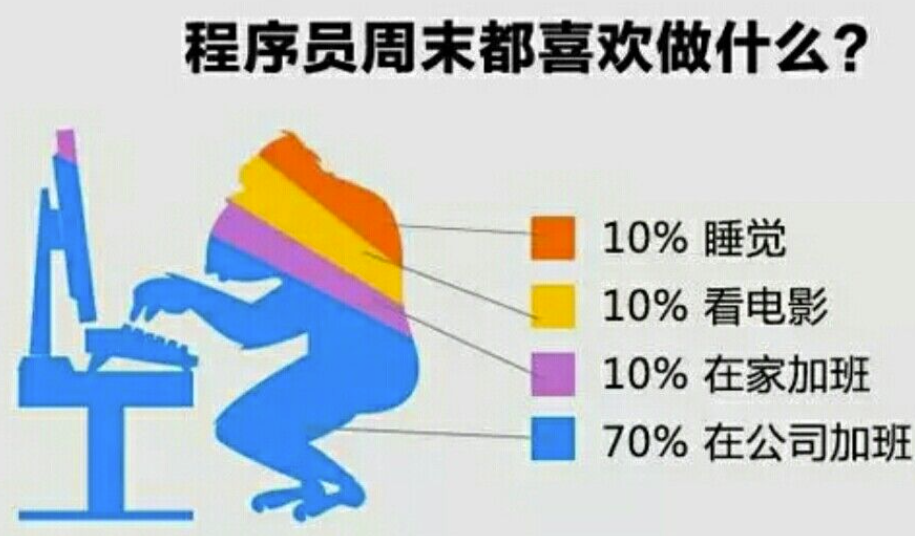Kikuta et al. (Year) analyzed the possibility of freight transportation in urban subway in detail. Behiri et al. (Year) analyzed the success of subway transportation in Dresden, Paris, and New York, mainly focusing on the train scheduling problem and building a route optimization model based on mixed integer programming. Motraghi et al. (Year) studied the operation status of the subway in Newcastle and analyzed the feasibility of passenger subway. Ghilas et al. (Year) explored the possibility of public transportation based on time window and fixed route.
In a similar vein, Kikuta et al. (Year) proposed that traditional transportation of goods can alleviate urban traffic congestion by utilizing subway transportation from suburbs to cities. Motraghi et al. (Year) analyzed the possibility of using metro for economic and technical transportation through software simulation.
Dampier et al. (Year) comprehensively analyzed urban planning, construction of urban underground transportation systems, engineering construction, automation technology, and envisioned building an urban subway freight system in cooperation with subways.
Li et al. (Year) analyzed the possibility of increasing passenger volume for both types of subways, providing references for mixed passenger and freight transportation scenarios. Horta et al. (Year) demonstrated that a large amount of nighttime transportation could be carried out by subways during periods of poor traffic.
Furthermore, Wu et al. (Year) developed an urban underground logistics system to optimize current fast distribution services applicable to urban underground logistics planning and construction.
Citing some studies focused on specific locations, Li Jingheng’s study [11] designed a metro logistics distribution network in Chengdu with TOD as the background, achieving shortest average delivery time for goods. Zeng Ruifeng’s study [12] proved the rationality of subway transportation using express transport as a representative case. Yan Ling [13] introduced an urban rail transit-based business model for small item express delivery and analyzed its necessity and socio-economic benefits. Zhou Fangting et al. [14,15] established a transit station location model for urban distribution systems based on subways and aimed to reduce logistics companies’ total costs. Li Meichen [16] proposed a new urban transportation operation mode combining metro and ground destinations to address shorter time and long-distance transportation challenges.
Please note that the above citations are for illustrative purposes only, and it is recommended to consult the original sources for accurate information.
内容由零声教学AI助手提供,问题来源于学员提问





 cur_pkt_num);
buf_node->state = STATE_SORTED;
/..." />
cur_pkt_num);
buf_node->state = STATE_SORTED;
/..." />

















